SeaWeb Seafood Summit panel looks at the slow progress in U.S. federal waters
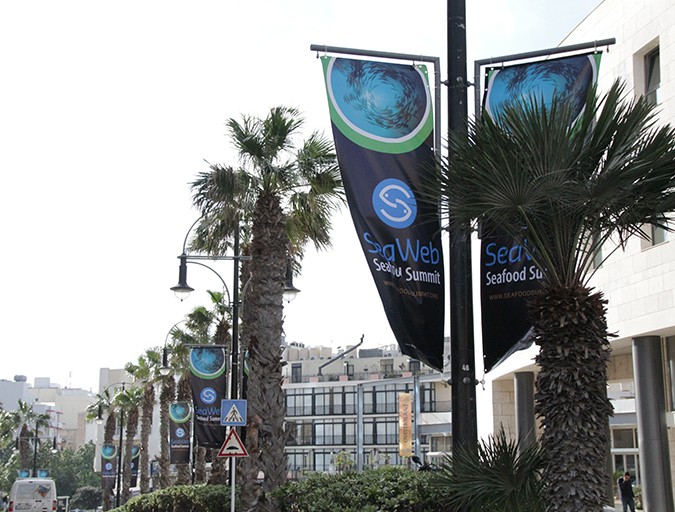
Neil Sims paused briefly last week when asked a question during a panel discussion on aquaculture in U.S. federal waters, held at the SeaWeb Seafood Summit in St. Julian’s, Malta.
The usually verbose CEO of Kampachi Farms was asked to describe his decade-plus of experiences working with the National Oceanic and Atmospheric Administration (NOAA), which oversees fish farming in offshore waters, 3 to 200 miles off the coast.
“It’s challenging,” he told the moderator, Konstantine Rountos, an assistant professor at St. Joseph’s College and scientific advisor to a proposed offshore striped bass operation in the northwest Atlantic Ocean. Opting for diplomacy, Sims quickly concluded: “Our commercial aspirations are in Mexico, in the Sea of Cortez. The government there says, ‘What can we do to help?’ … They understand the importance aquaculture.”
Sims went on to describe frustrating interactions with the agency when his company was seeking permits to farm kampachi (Seriola rivoliana) several miles off the shore of Hawaii, in federally managed waters. Sims and his business associates still conduct research in Hawaii, but have moved their burgeoning commercial operation to Mexico, which has been far more welcoming to his enterprise.
And as far as Seafood Summit attendees are concerned, Sims expressed how much more welcome aquaculture is, in general, among NGOs and government officials. “What a difference a decade makes,” Sims said, recalling his first Summit in 2006, when many attendees from the conservation community were “if not hostile, at least not receptive” to the idea of farming fish offshore and the associated environmental impacts.
“Are we actually moving forward with open ocean aquaculture? Not necessarily cages in the water, I’m more concerned about what you all think, and what the broader community thinks,” Sims said. “Are we still just swimming in circles? Are we undecided about it?”
One of the take-home messages I have here is that policies are relatively easy to come by. But actually finding the sustained will to put the time, energy and resources into implementing those policies is a whole other thing.
Fellow panelist David O’Brien, deputy director in the NOAA Fisheries Office of Aquaculture, struck a somewhat conciliatory tone while sharing the stage with his confounded constituent. While touting the agency’s latest announcements to advance a fledgling domestic aquaculture industry, he admitted that advancement in that regard has been slow — and that we should all expect more of the same. The Gulf of Mexico Aquaculture Fishery Management Plan that NOAA recently announced serves as a perfect example of the pace of progress. O’Brien said the plan — the first regional management plan for aquaculture — establishes a comprehensive interagency process to encourage industry development.
“It’s arguably the most important thing we’ve ever done for marine aquaculture development. It’s almost more important as a template and a path forward for other regions that may want to take similar action in the future,” he spoke of the new law. “It took more than 10 years to get to this point — by anyone’s standard it’s far too long. Aquaculture, done well, is an important part of our seafood supply; we should do more of it. But there hasn’t been much traction to implement our policies until recently.”
The third panelist, Donna Lanzetta, CEO of Manna Fish Farms, is currently navigating the path to commercial operation in federal waters. Her proposed striped bass fish farm off the coast of Long Island, New York, must win over local, state and federal agencies to get a permit. Because striped bass is a federally managed species, her initial experiences of seeking permits hit the proverbial brick wall. During one of her first interactions with NOAA officials, she was asked, “Do you really want to do that?”
“I was shocked, but I have learned not to take ‘no’ for an answer,” Lanzetta said. “Maybe they expected us to just go away. It becomes an exercise of perseverance; you have to be prepared to face discouragement.”
Lanzetta is currently facing another roadblock, Federal Fisheries Management Act Title 50, which makes it a crime to possess a federally managed species in the Exclusive Economic Zone, which stretches from 3 to 200 miles offshore. Lanzetta said the law clearly never had aquaculture in mind, and therefore needs to be changed.
“So here I am, getting a permit, but the minute I have a striped bass on my boat, I’m a criminal?” she said. “The time has come for us to be out in the ocean, farming, sustainably. I think it must be done. I don’t understand why it’s not being done already. But then I see what Manna Fish Farms is going through to get its permits, and it’s a bit of a challenge. When we first started, there was no final rule for the Gulf of Mexico, really no guideline.”
“One of the take-home messages I have here is that policies are relatively easy to come by,” said O’Brien. “But actually finding the sustained will to put the time, energy and resources into implementing those policies is a whole other thing, and I think we’ve made some significant progress on that front in the past few years at NOAA.”
Sims noted that “elements of NOAA” do understand aquaculture and want to build the industry as an economic engine, but the fact that it took nearly two years to get a permit for a research cage “reflects the schizoid nature of this organization.”
“NOAA is a diverse organization, with competing missions at times within the agency. We need to be protective of habitats and endangered species, for example,” O’Brien answered, but noted that overseeing aquaculture is just part of the agency’s complex duties. “Our coastlines are so crowded right now, and there are common challenges there, including access to sites. Offshore aquaculture has promise, but also user conflicts.”
Sims pins the persistent and broadly negative perception of aquaculture largely on the conservation-NGO-foundation community that, for the last 10, 20 years, “has been besmirching the whole idea of aquaculture. Now, as aquaculture has improved, and we have more data showing that it’s beneficial, it’s not enough to look down at your feet and shuffle your shoes,” he said. “You’ve got to get out and help us start to promote the benefits of aquaculture as the responsible thing to do for the planet. Please.”
Author
-
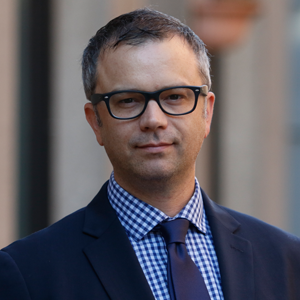
James Wright
Editorial Manager
Global Aquaculture Alliance
Portsmouth, NH, USA[103,114,111,46,101,99,110,97,105,108,108,97,97,103,64,116,104,103,105,114,119,46,115,101,109,97,106]
Tagged With
Related Posts
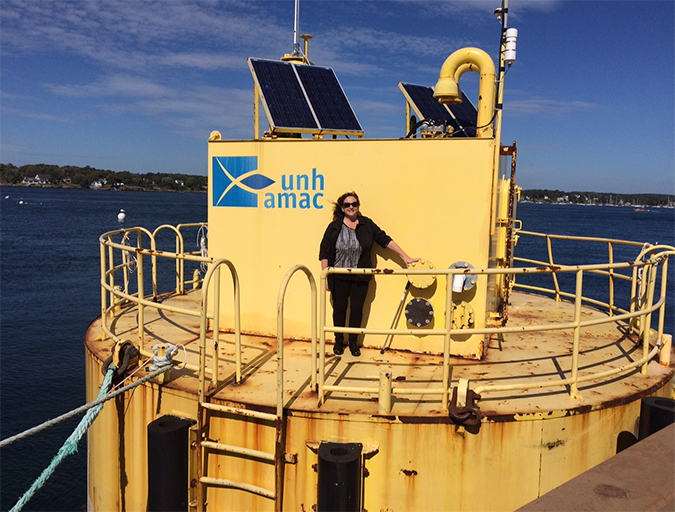
Innovation & Investment
Out of sight, not out of mind
Moving aquaculture offshore could spark a global production boost needed to meet growing demand for protein. Producers and investors, however, are wary of the challenges, cost and regulatory red tape. One patient U.S. entrepreneur, however, is undaunted.
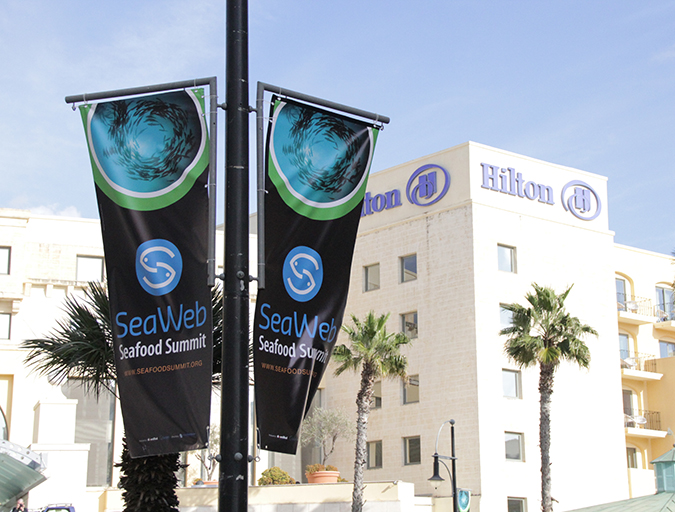
Responsibility
GSSI furthers its mission of clarity out of confusion
The Global Sustainable Seafood Initiative aims to set the bar for certification schemes. Board members of the task force formed in 2012 convened at the SeaWeb Seafood Summit in Malta to reinforce the mission and brief attendees on progress.
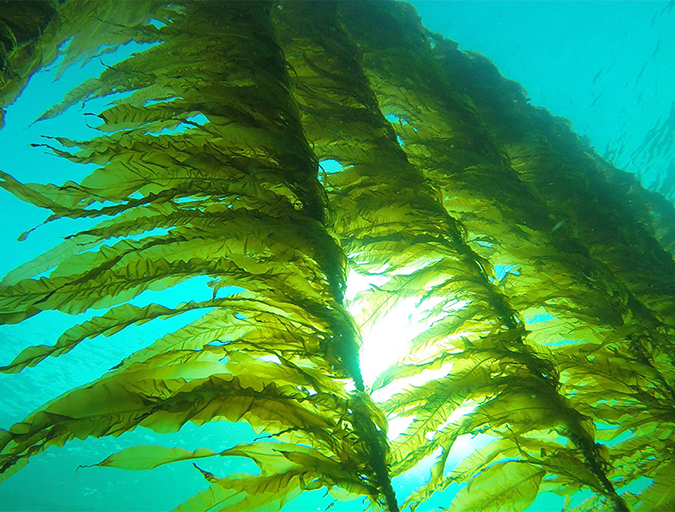
Responsibility
Can aquaculture flourish in a more symbiotic sea?
The 18-month Maribe project has uncovered some promising ideas for promoting growth and jobs within the blue economy. Aquaculture, fingered as one of five key areas for growth, could benefit from collaboration with renewable energies.
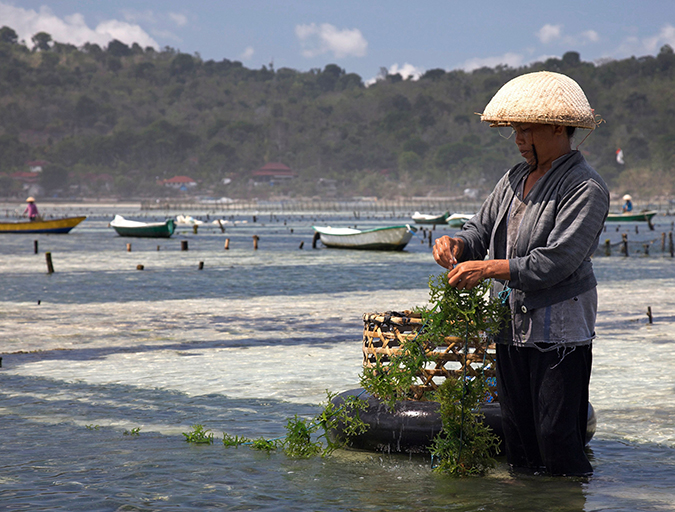
Responsibility
Can sustainable mariculture match agriculture’s output?
Global, sustainable mariculture production, developed on a massive, sustainable scale and using just a small fraction of the world’s oceanic areas, could eventually match the output of land-based agriculture production. Scale and international law considerations require the involvement of many stakeholders, including national governments and international organizations.

